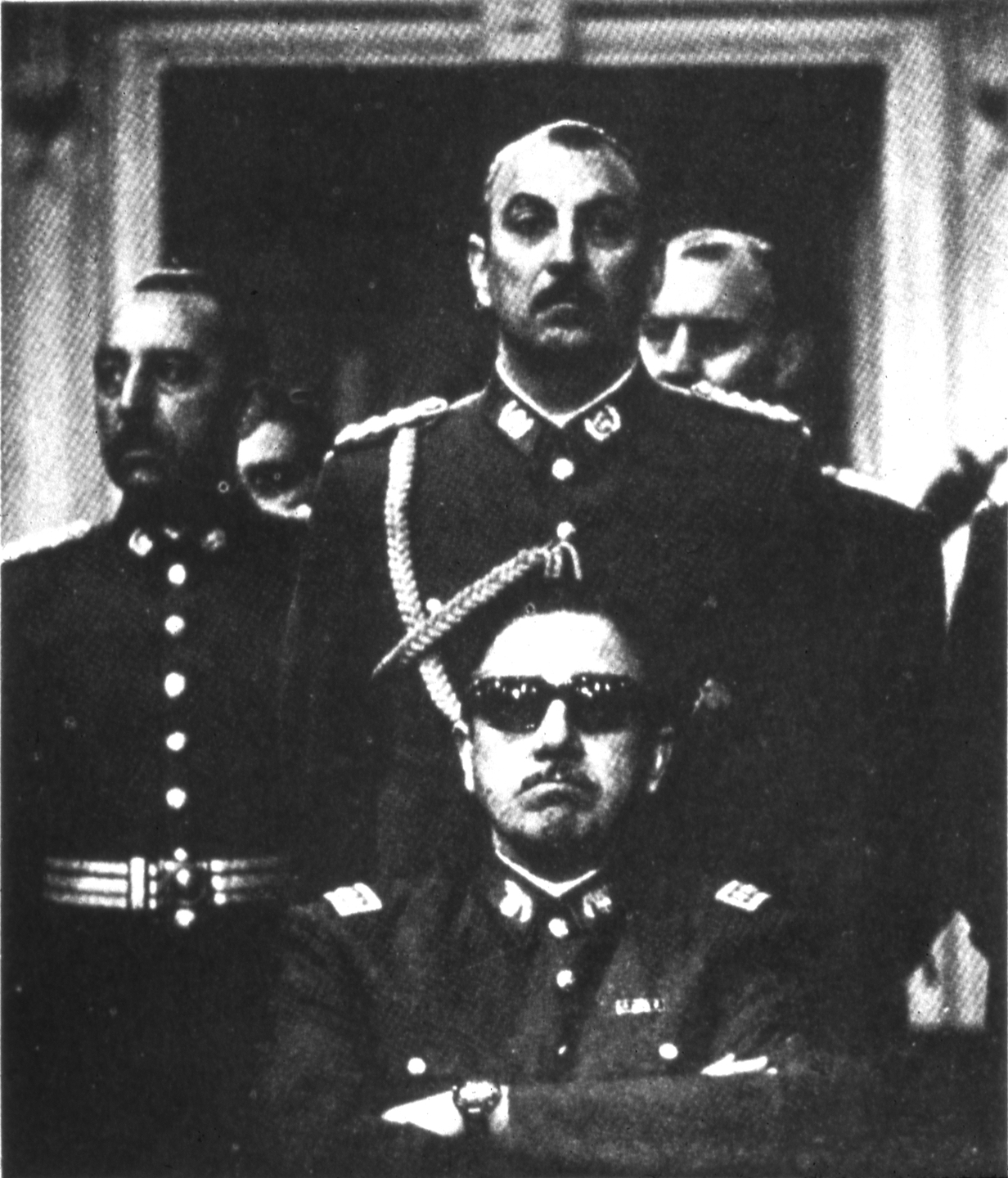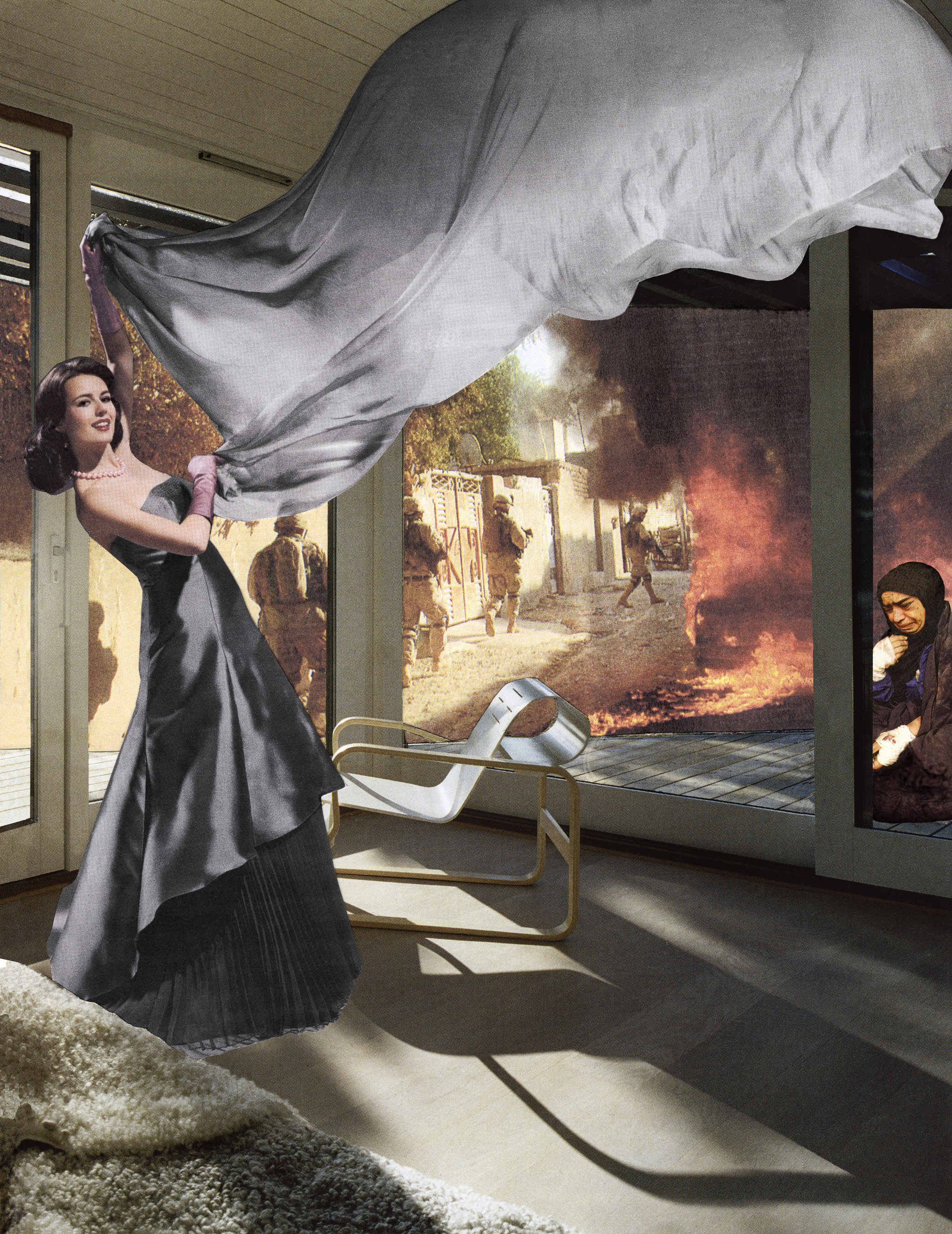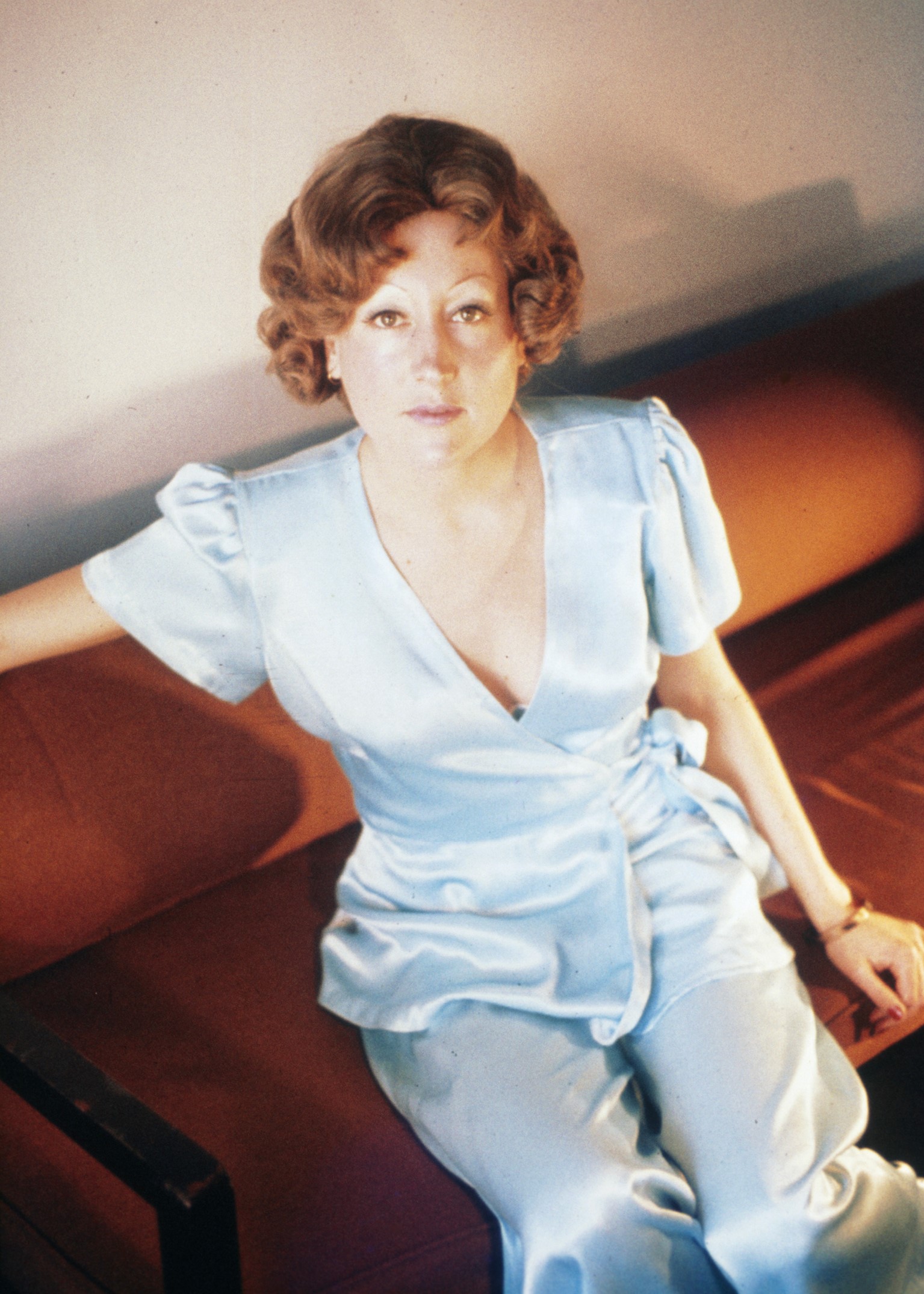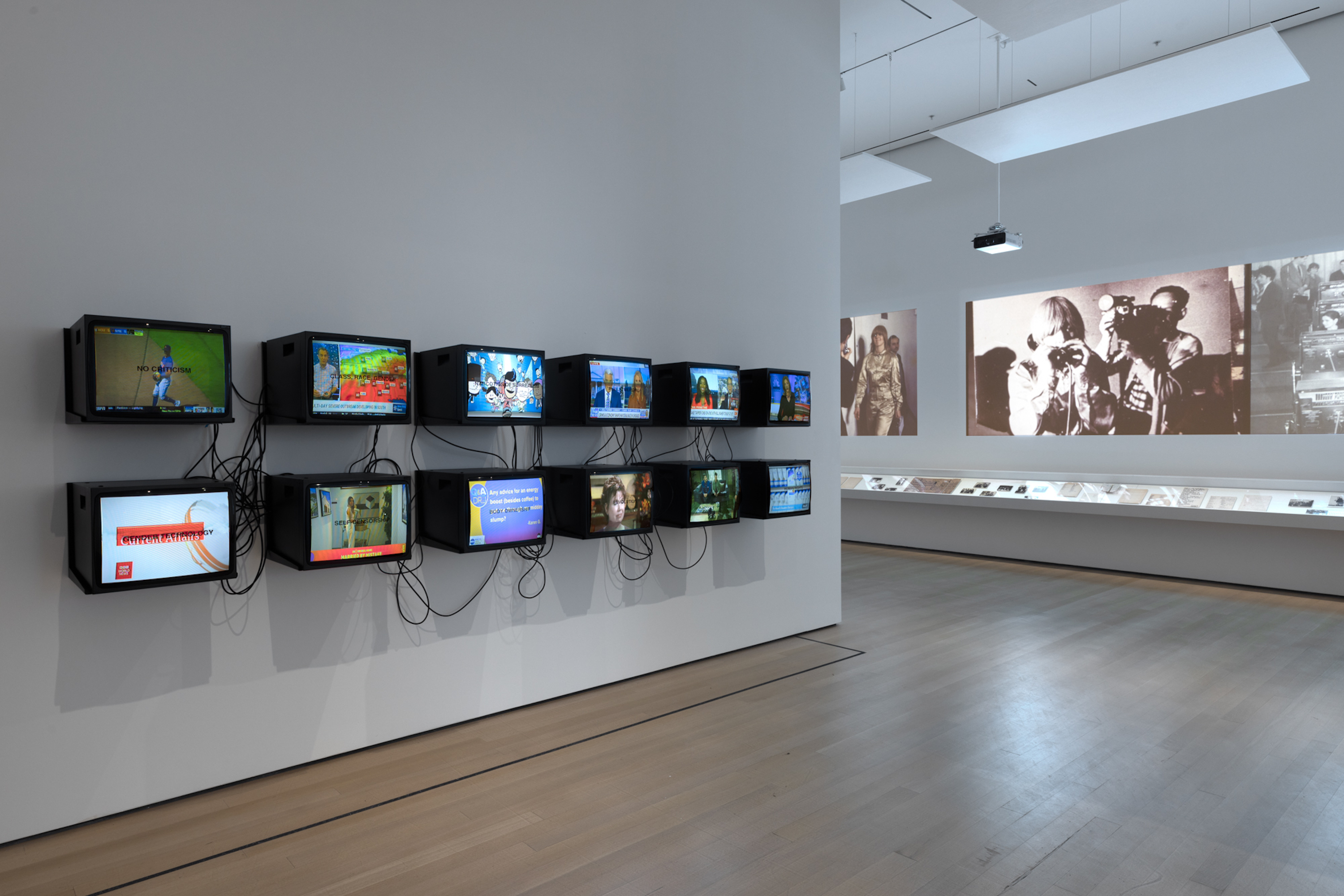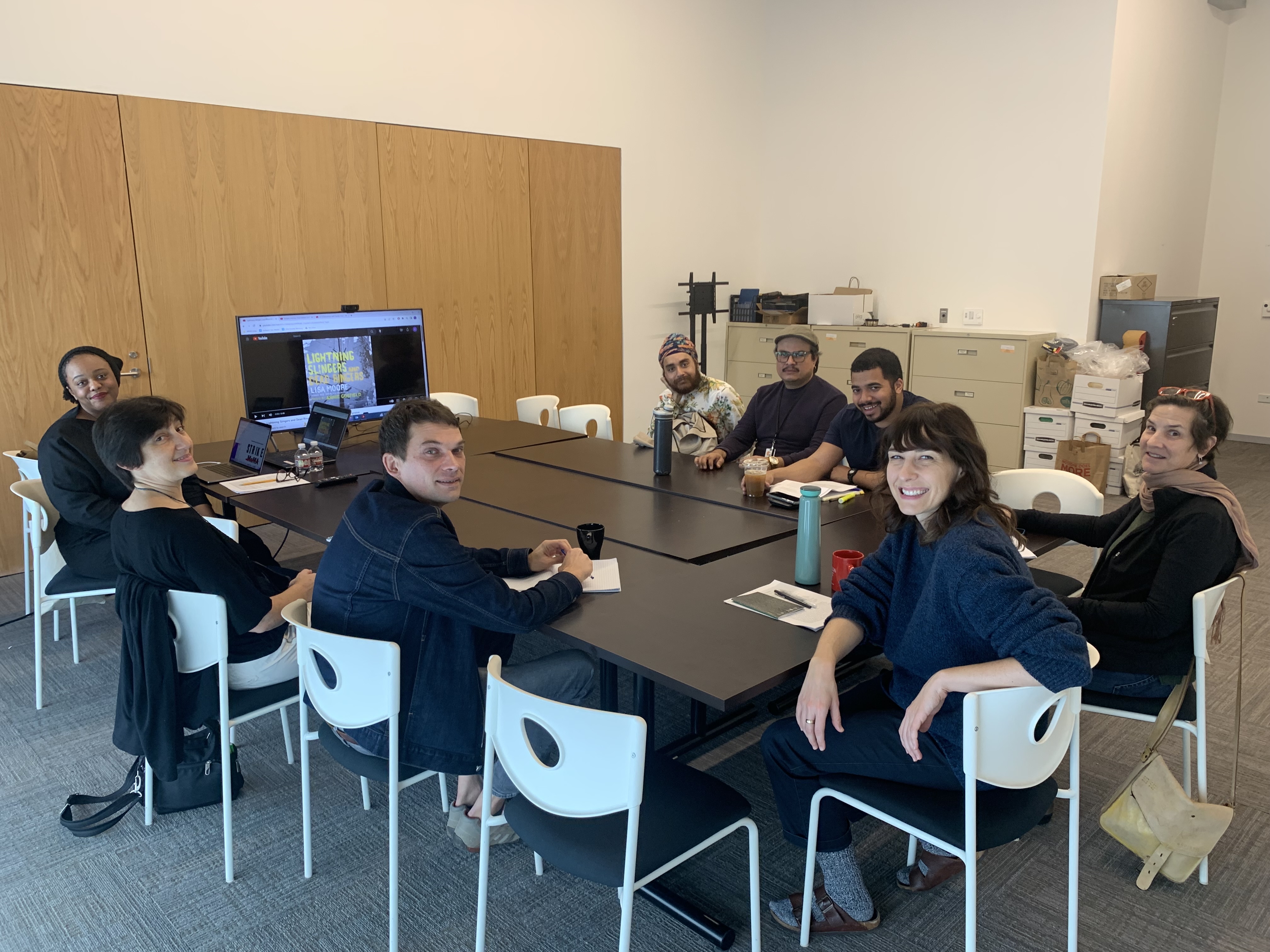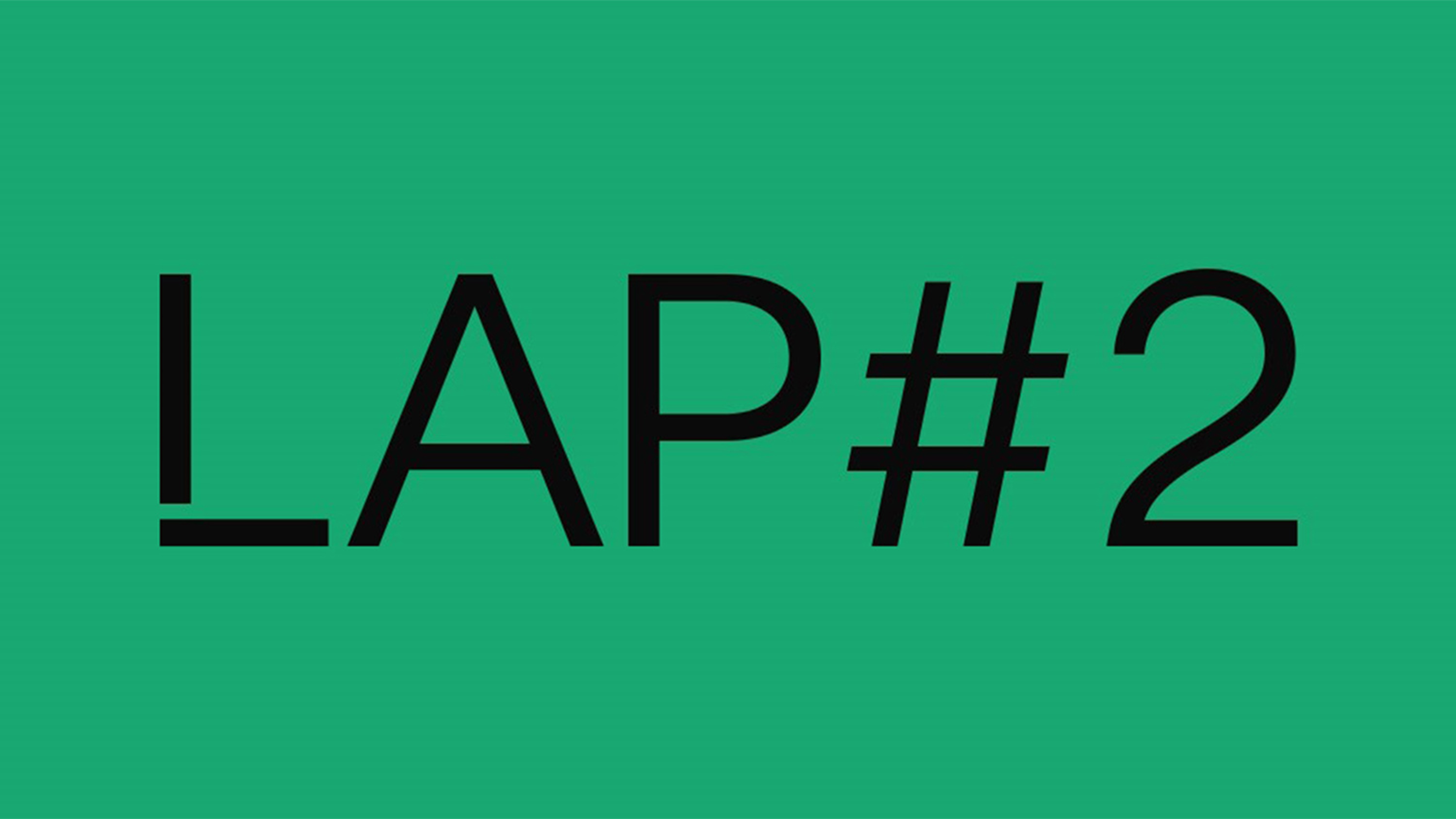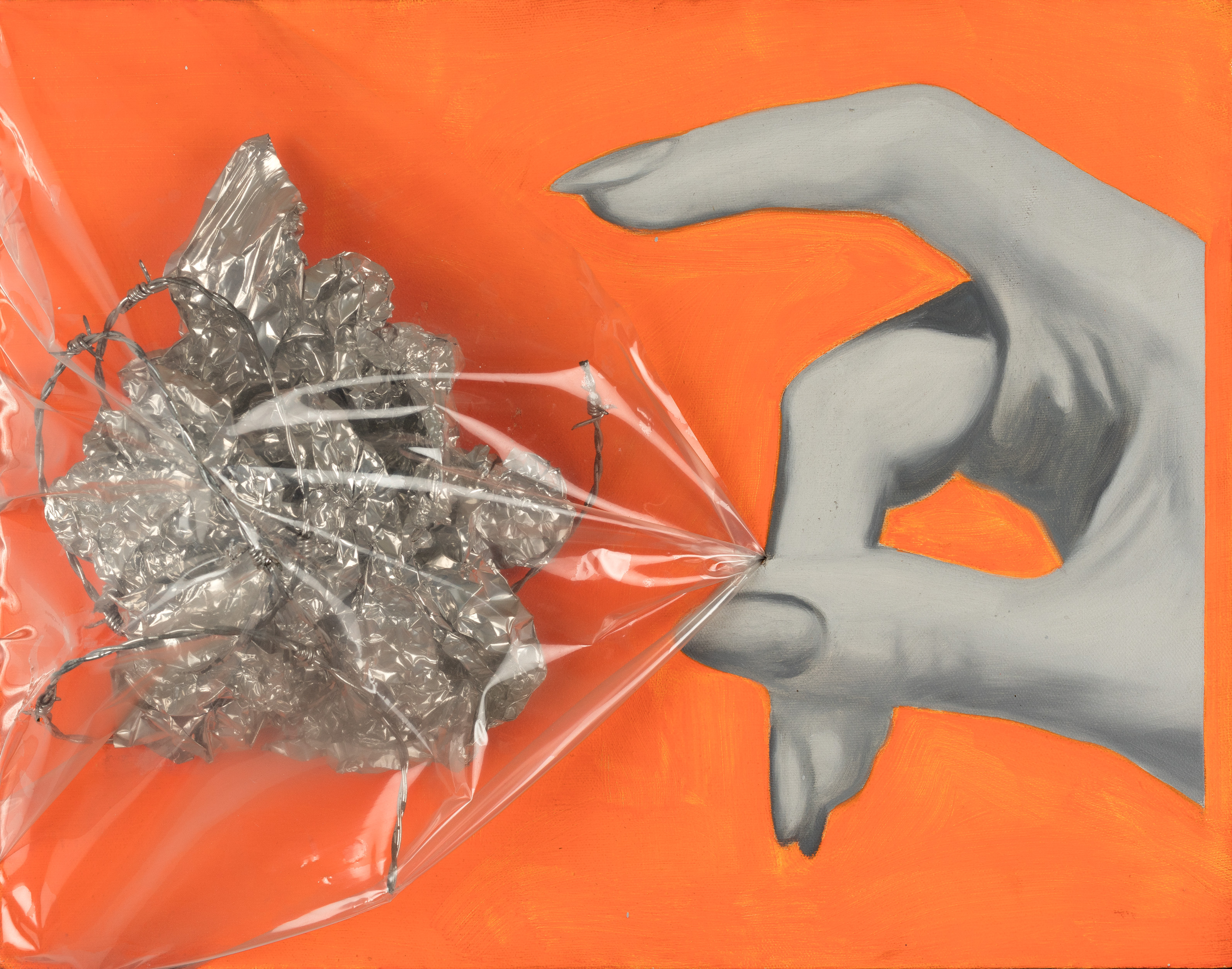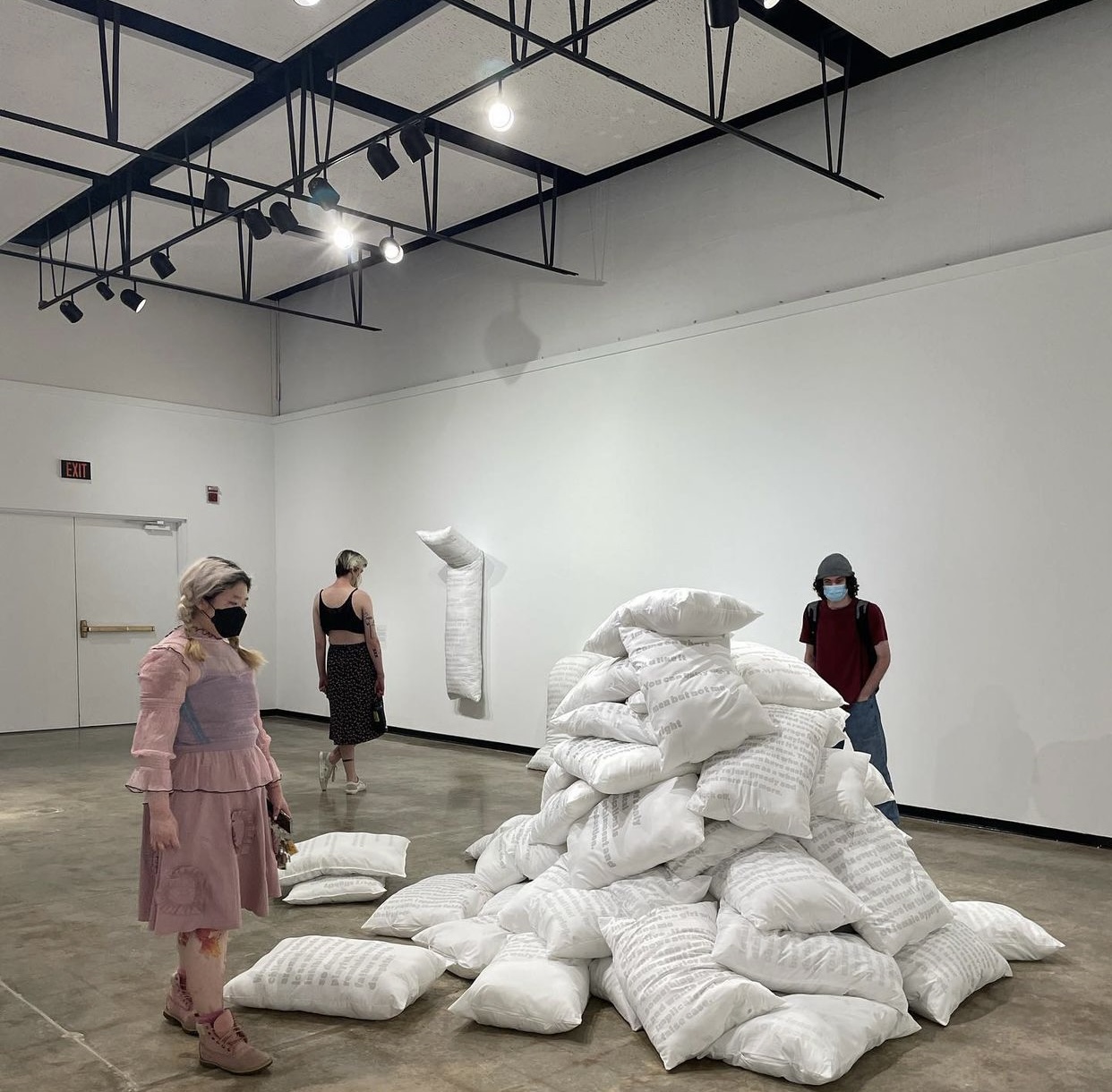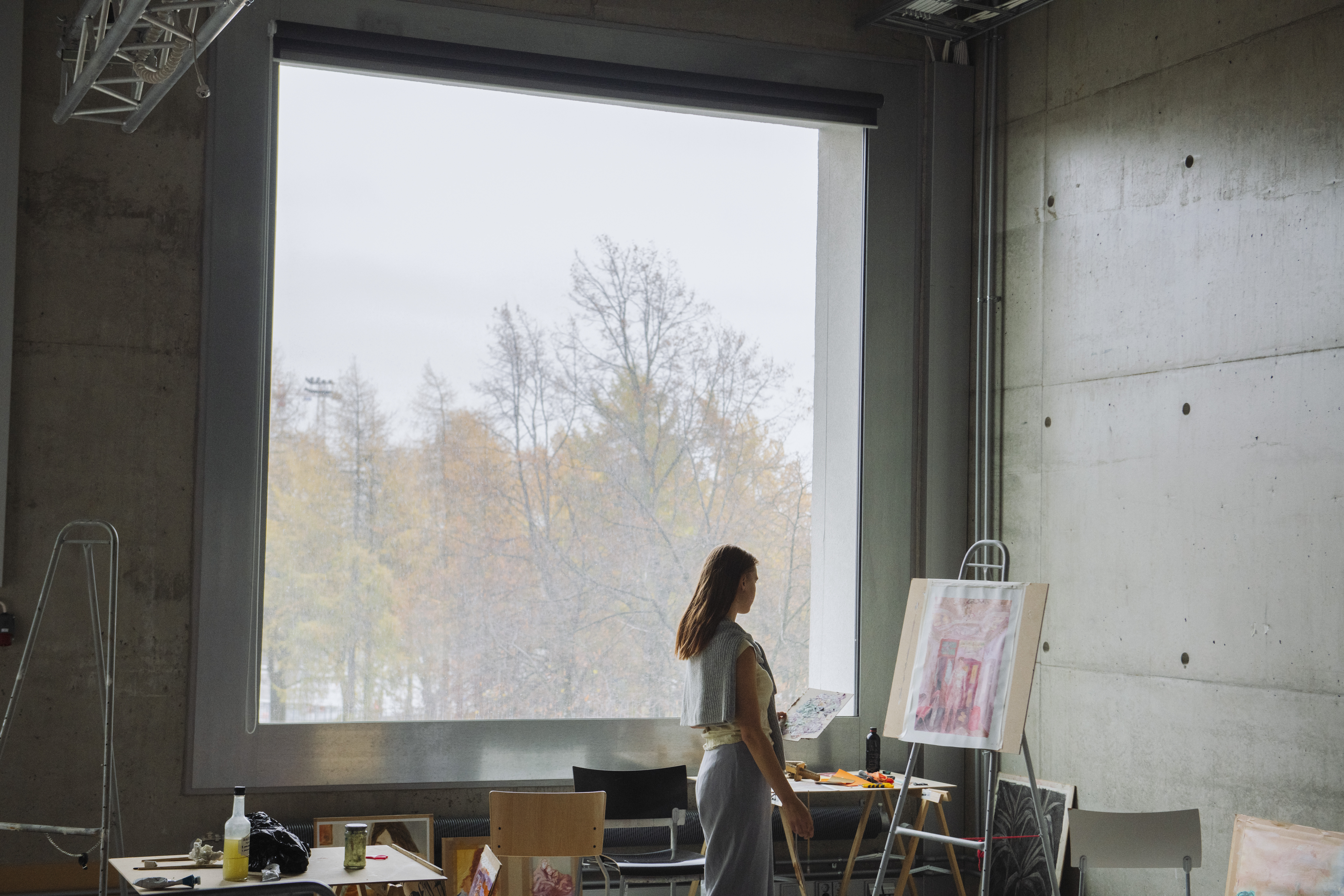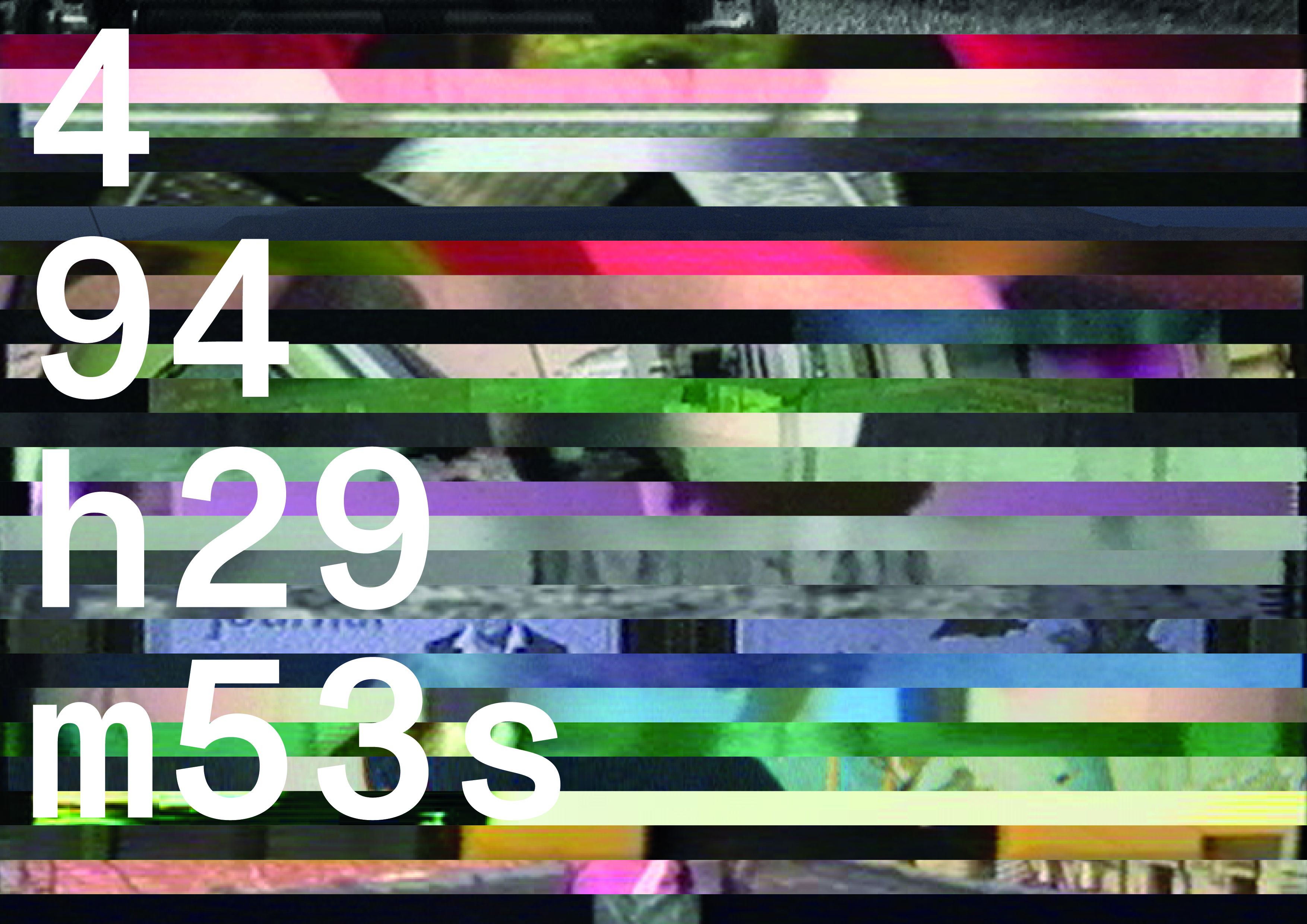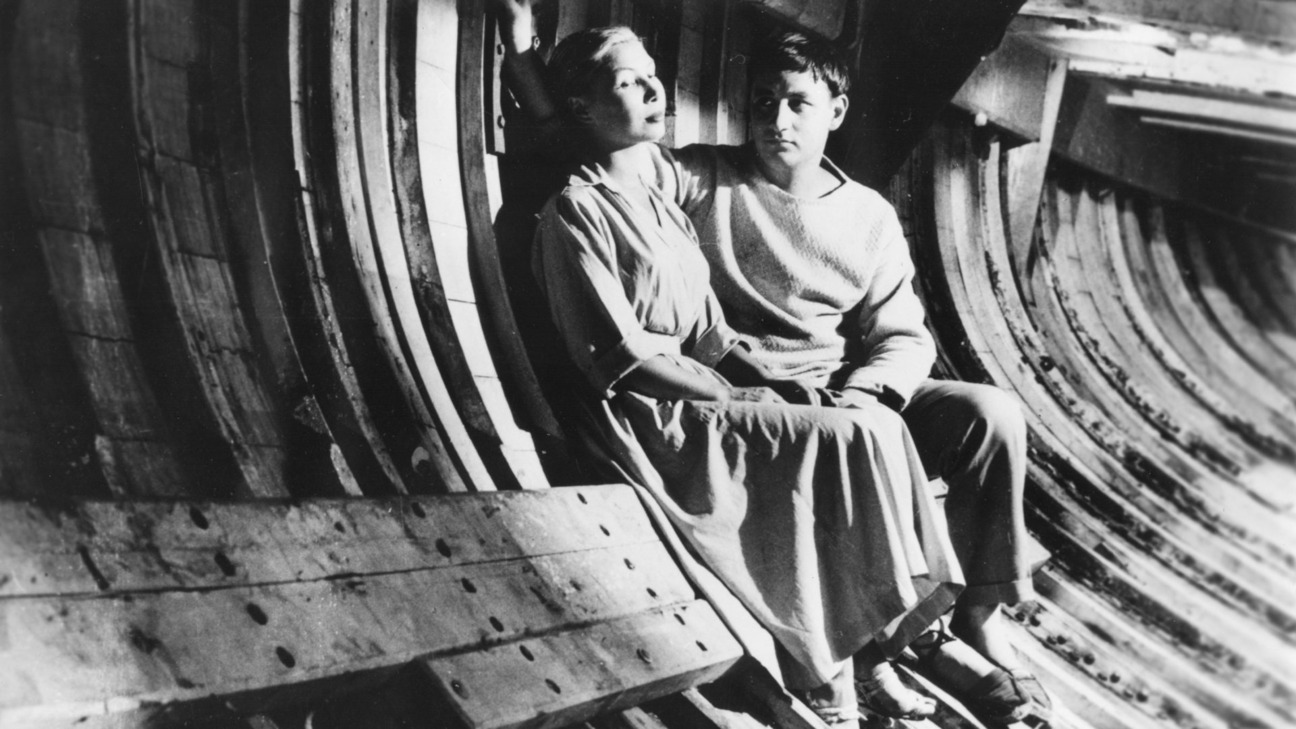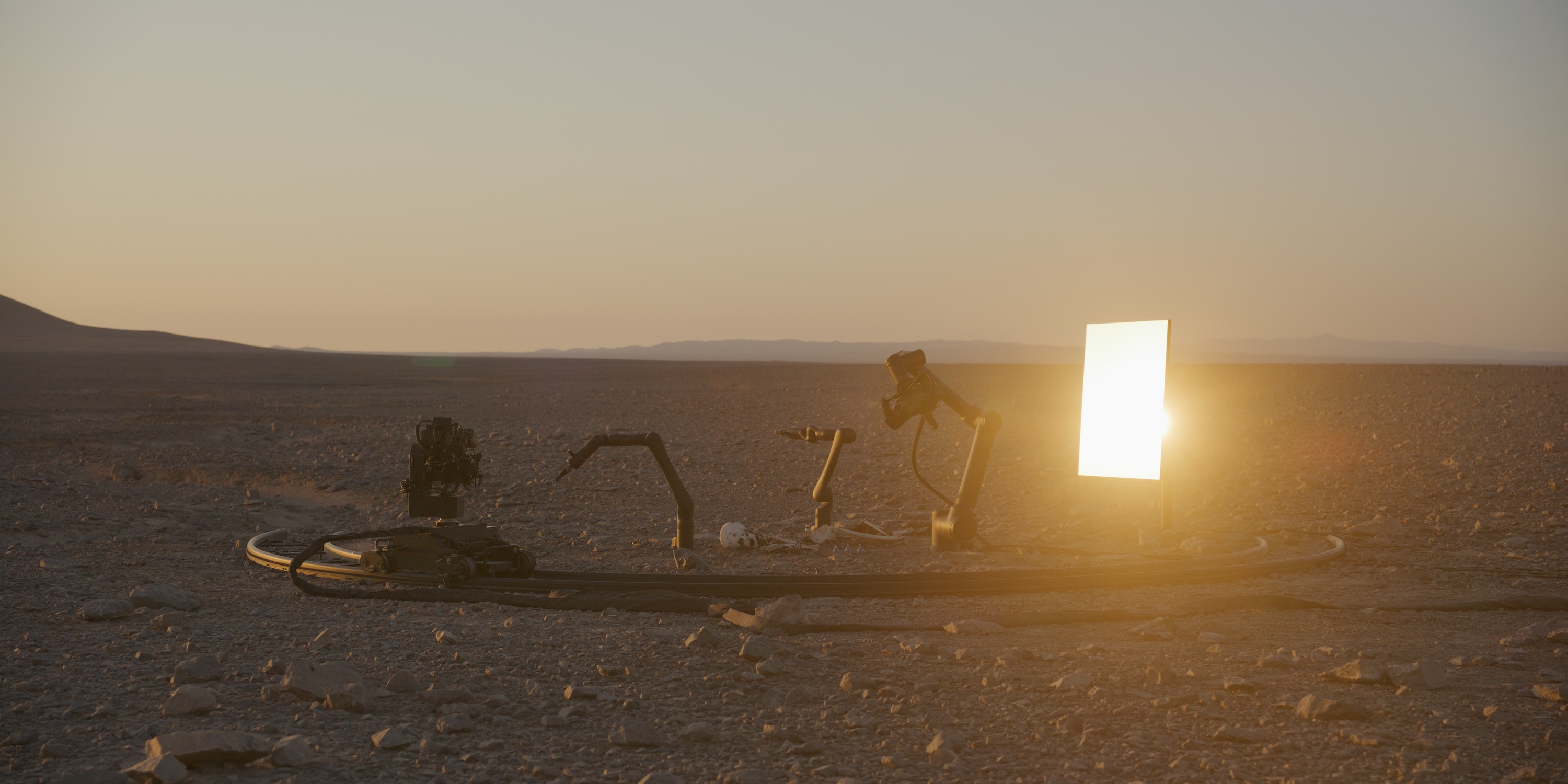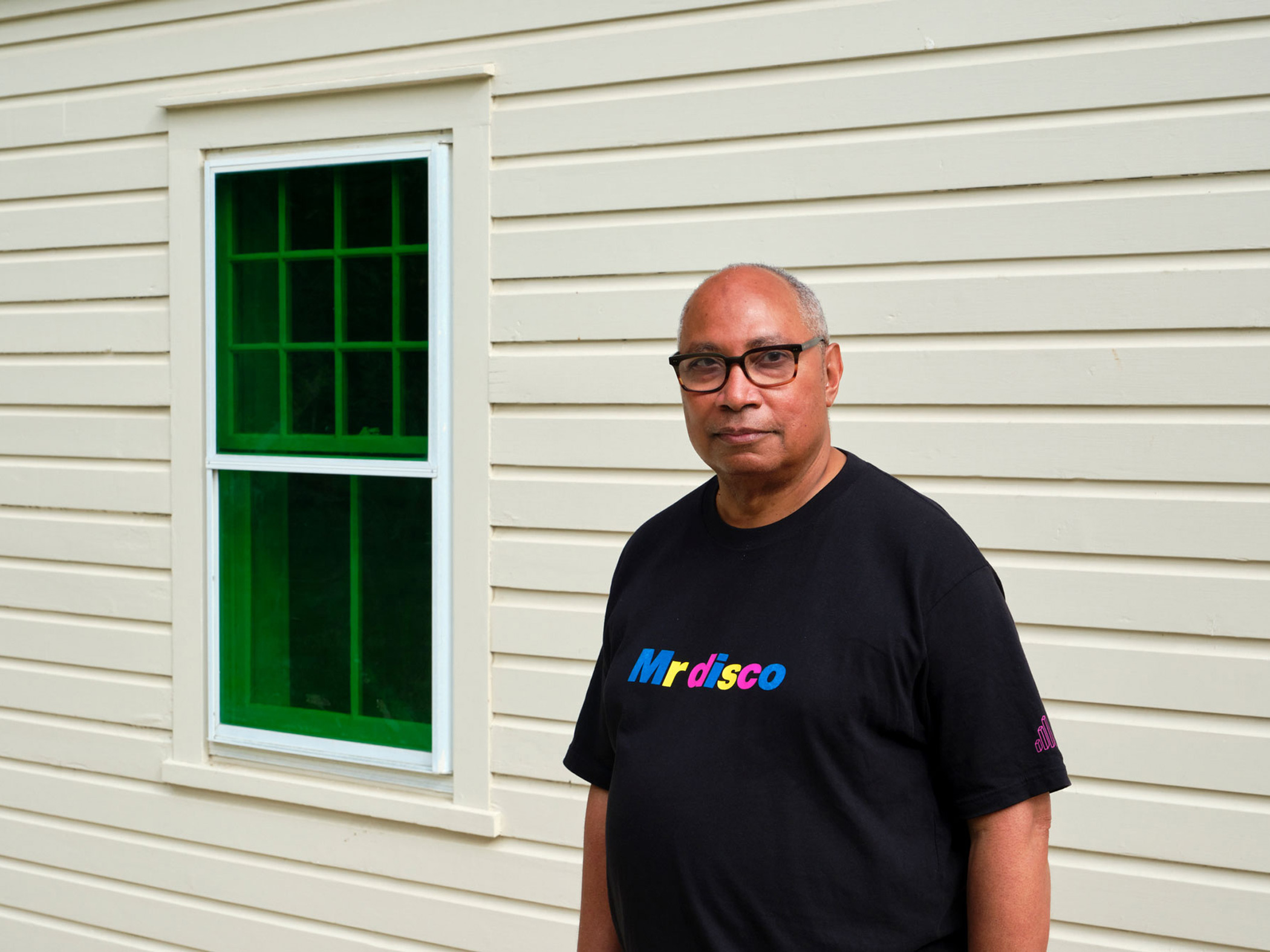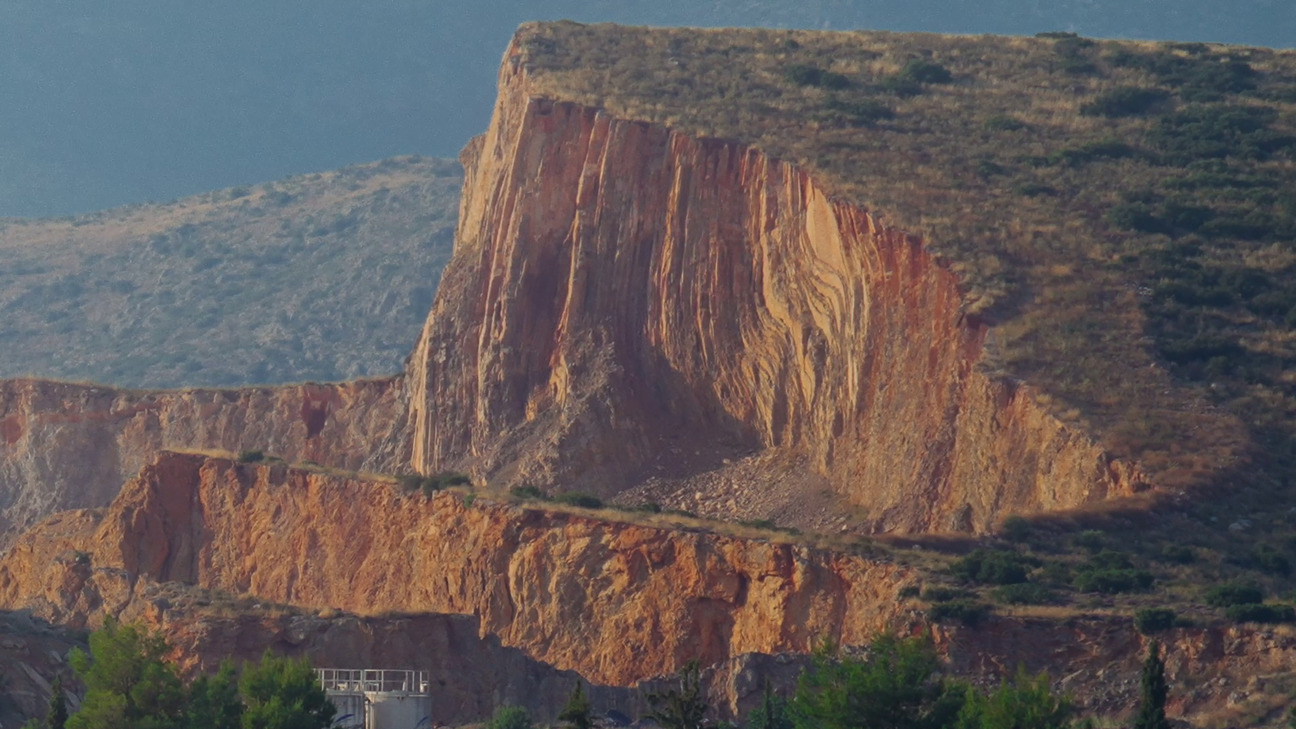Screening and discussion with Martha Rosler and Nora M. Alter
Admission starts at $5
March 20, 2022, 6pm
Brooklyn 11205
USA
Join us at e-flux Screening Room for Martha Rosler's Domination and the Everyday (1978, 32 minutes), If it's too bad to be true, it could be DISINFORMATION (1985, 17 minutes), Secrets from the Street: No Disclosure (1980, 12 minutes), Chile on the Road to NAFTA, Accompanied by the National Police Band (1997, 10 minutes), Flower Fields (Color Field Painting) (1974, 3 minutes), Because This Is Britain (2012, 3 minutes), Pencicle of Praise (2018, 12 minutes), followed by a discussion between Rosler and scholar Nora M. Alter.
The evening constitutes the third part of Domination and the Everyday: Videos and Films by Martha Rosler,, a three-day program taking place on the evenings of Friday through Sunday, March 18-20 at e-flux Screening Room. The program will present a selection of film and video works by Martha Rosler, and discussions with the artist and invited guests Nora M. Alter, Ernie Larsen, and Shelly Milner. Throughout the three days, a projection of Rosler's silent Museums will eat your lunch (2013, 2 minutes) will be on view at the Screening Room library, where a reading group with Rosler will also take place as a post-script to the program (date and more details to be announced).
See the full three-day program here.
Screenings
Domination and the Everyday
1978, 32 minutes
Rosler calls Domination and the Everyday, with its fragmented sounds, images, and crawling text, an artist-mother's This Is Your Life. Throughout this work, we hear—but do not see—a mother and small child at dinner and bedtime while a radio interview purrs in the background, as a a pioneering L.A. gallerist looks back at California art of the 1960s. The soundtrack moves into overdrive with feedback, a passing train, barking dogs, and a bedtime story. The visuals—all still images—are drawn from television, movies, advertising, and the family album. The sequence begins with a portrait of Chilean dictator Augusto Pinochet and his henchmen, followed by street scenes, movie stills, ads, family snaps, Disneyland. A crawling text, based on the writings of Frankfurt School philosophers, contrasts the dire situation in Chile with the soft domination here at home by mass culture and social expectations of women and the nuclear family. The soundtrack (mother and child, interviewer and interviewee, random interruptions) continues while the image-and-text portion repeats.
If it's too bad to be true, it could be DISINFORMATION
1985, 17 minutes
In a fusion of text and image, Rosler re-presents the NBC Nightly News and other broadcast reports to anatomize their deceptive syntax and capture the confusion built into the news script. The story is centered on the retracted announcement of a dangerous Cold War event, the purported discovery of MiGs (Mikoyan and Gurevich-designed) high-performance Soviet aircraft, in socialist Nicaragua. The work’s title is drawn directly from a New York Times headline related to this scandal.
This work addresses the fallibility of electronic transmission by pacing through the distortion and absurdities that occur as a result of technical interference. Stressing the fact that there's never a straight story, a character-generated text slides over the randomly erased images, isolating excerpts from the broadcast sound much like a poetic reading and effectively doubling the remnants of the broadcast source. As the work reverts to intact news stories, we necessarily view the “straight stuff” with a new attention, noting their construction from file footage, textual juxtapositions, absurd graphics. In an unedited clip of President Reagan’s portentous State of the Union Address of 1983, we hear him assert that attack is self-defense, among other reversals of common language. A graphic of the entwined flags of Cuba and Nicaragua shows bags of cocaine peeking out, while green dollar bills fly down to Cuba from a “known fugitive,” and a reporter standing in front of a bush goes on to confuse us with two stories hinging on two forms of white powder: cocaine and sugar. The work ends with a shoot-'em-up music-video ad for the Army Guard, sung to bursts of rifle fire. The randomly erased story relating to the MiGs provides a formal analogue for the role of broadcast television in repeating government disinformation and, most particularly, its banally hypnotic, systematic quality. In the play of media information, the formal structure is inseparable from the work’s political analysis.
Secrets from the Street: No Disclosure
1980, 12 minutes
Reading the graffiti, the billboards, the cars, and the people of the street as cultural signs and drawing attention to the structure of society's fabric, this work extracts the network of social power and domination, divided by race and class. The work, stemming from the era of the U.S.’s covert wars in Central America, is composed of Super-8 footage shot from a car while Rosler cruised the streets of her predominantly Latino San Francisco neighborhood. Surveilled and unofficially cordoned off, the Mission was a site of both Chicano and Central American agitation but also touted as an exotic shopping district for the rest of the city. The work’s soundtrack features radio snippets, in Spanish, announcing the victory of the Sandinistas in Nicaragua and an insistent voiceover that asks whose culture is reported in the press and whose must take place in the street, reframing what the dominant culture calls “trash.” Unusually for Rosler’s work, it liberally employs music: the '50s rock'n'roll adopted by the local Low Rider subculture, and more militant contemporary tunes.
Optically reshot from projected Super-8 film, its flow of streets in perpetual motion periodically pauses, while small distortions are also introduced into the soundtrack; as Rosler has done in several works, however, the images continue while the voiceover text repeats. At the end of the work, this eminently local work presents the local cable announcements from Vancouver, B.C., where the work was edited.
Chile on the Road to NAFTA, Accompanied by the National Police Band
1997, 10 minutes
A bouncy music-video burlesque shot in and around Santiago, Chile, entwines reminders of U.S. corporate presence and of past political terror, with national and international musical strains. Chile, at the southernmost end of South America, was in 1997 on the fast track to admission into the economic alliance known as the North American Free-Trade Agreement (NAFTA). Chile was enjoying its reputation abroad as a free-market success—a reputation promulgated by those who aided or supported the fascist coup led by General Augusto Pinochet, which had violently overthrown the elected government in 1973 and which led to the deaths of the President, Salvador Allende, and thousands of others, and the exile of tens of thousands of political refugees. To the strains of The Blue Danube Waltz, a taxi drives down a back road, passing a horse-drawn cart and a gigantic upraised fist that turns out to be a Coca-Cola billboard. Warships are seen from a hilltop in Valparaíso, the home of the coup; a newly unveiled memorial to coup victims is viewed by visitors to the cemetery in which it is located. Back in Santiago’s festive town square, members of the national police’s “Odeon” band play a Star Wars medley, while a tot in military uniform dances to the music. Away from the square, a blind singer mourns lost love in front of a row of shuttered shops, and Indian schoolchildren listen to men playing a folk tune on Andean pipes. At the airport, a boy stealthily caresses a lit-up Coca-Cola sign. The video's drive-by style suggests the thematic backdrop of tourism and internationalizing elites versus the indigenous poor. For those whose historical memory needs jogging, a short epilogue details the 1973 coup and its aftermath.
Flower Fields (Color Field Painting)
1974, 3 minutes, silent
The low hills fronting the main California road artery of Highway 5 exhibit a beautiful spectrum-like pattern of stripes formed by the fields of flowers being grown there for commercial sale. The camera zooms in from a paused vehicle across the highway, revealing workers, many of them very likely to be undocumented, stooping in the fields—but barely noticeable to cars flying past at highway speed. Later, in a run up Highway 5, the immigration police at their mobile roadblock pass by in a flash, as does a mobile Bank of America banking facility, roadside hitchhikers, and people riding horses. The road trip ends among the palm trees and glowing sunset of a Southern California night.
Because This Is Britain
2012, 3 minutes
A ribbon of phrases swirls by, plucked from Prime Minister David Cameron’s August 2011 speech in Oxfordshire addressing the riotous events in several cities following the shooting death of Mark Duggan at the hands of London police. Selected phrases condemning the insurrectionary behavior of residents emerge from the stream of Cameron’s speech, punctuated by images of ordinary passersby, youths at a job center, looters, and police, as well as the riot “wombles”—good citizens who showed up to clean up the mess. We see a famous (formerly embargoed) photo of Eton’s Bullingdon Club in black-tie attire, a group whose members include several high-ranking Tories including Cameron and Boris Johnson. The reel ends with portraits of two highly placed former journalists: Andy Coulson, Cameron crony and former official, and his sometime boss and paramour, the Murdoch confidante Rebekah Brooks, both under indictment for phone hacking, most sensationally the 2002 hacking of the phone of the missing 13-year-old schoolgirl Millie Dowler, later found dead—which permanently brought down Murdoch’s scandal sheet The News of the World. The last image of this video, made for airing on Britain’s Channel 4, shows a tent at Occupy London.
Pencicle of Praise
2018, 12 minutes
Vice President Mike Pence eagerly played cheerleader-in-chief for Donald Trump. In accepting the vice-presidential nomination in 2016, Pence proclaimed, “I'm a Christian, a conservative, and a Republican—in that order,” neglecting to mention “American” but suggesting how we might understand his role on the political stage. This ground-breaking, earth-shaking video begins with a pomp-ridden but poorly stage-managed press conference, accompanied by uplifting music, in particular “The Battle Hymn of the Republic,” foregrounding war and the Lord. Many young, white female staffers are in attendance, parked on the lawn with other attendees and behind an immense array of television cameras. Held in June 2017 at the White House Rose Garden, the event showcased the President’s announced withdrawal from the historic Paris Climate Accord. In later scenes, Pence and other minions enact pious gratitude, deference, and obeisances on behalf of the President. The video ends where we began, at that fateful Rose Garden conference, as on-air television personalities do standups. With the Vice President lurking in the shot, the video finally launches a takeoff. Just don’t look up!
The renditions of “The Battle Hymn of the Republic” and the U.S. national anthem in this work were part of the Rose Garden broadcast, which both begins and ends the video. The kazoo, like the incursions into the televisual images, is an unauthorized eruption.
On view at the library
Museums will eat your lunch
2013, 2 minutes, silent
In this silent video, still images of stores and residential buildings along a stretch of the Bowery in New York City appear in a stream within a cutout template, based on the “giftbox heap” silhouette of the New Museum, newly located on the Bowery. As these images of shiny storefronts, dwellings, and official Certificates of Occupancy of the “new Bowery” of the twenty-first century go by, set phrases relating to the merits and demerits of museums roll desultorily down from above to below.
This silent video was commissioned by the New Museum for a street festival but barred by a ruling of the City of New York, which prohibits the projection of words on buildings except in certain designated corridors, as they might be taken for advertising.
For more information, contact program@e-flux.com.
